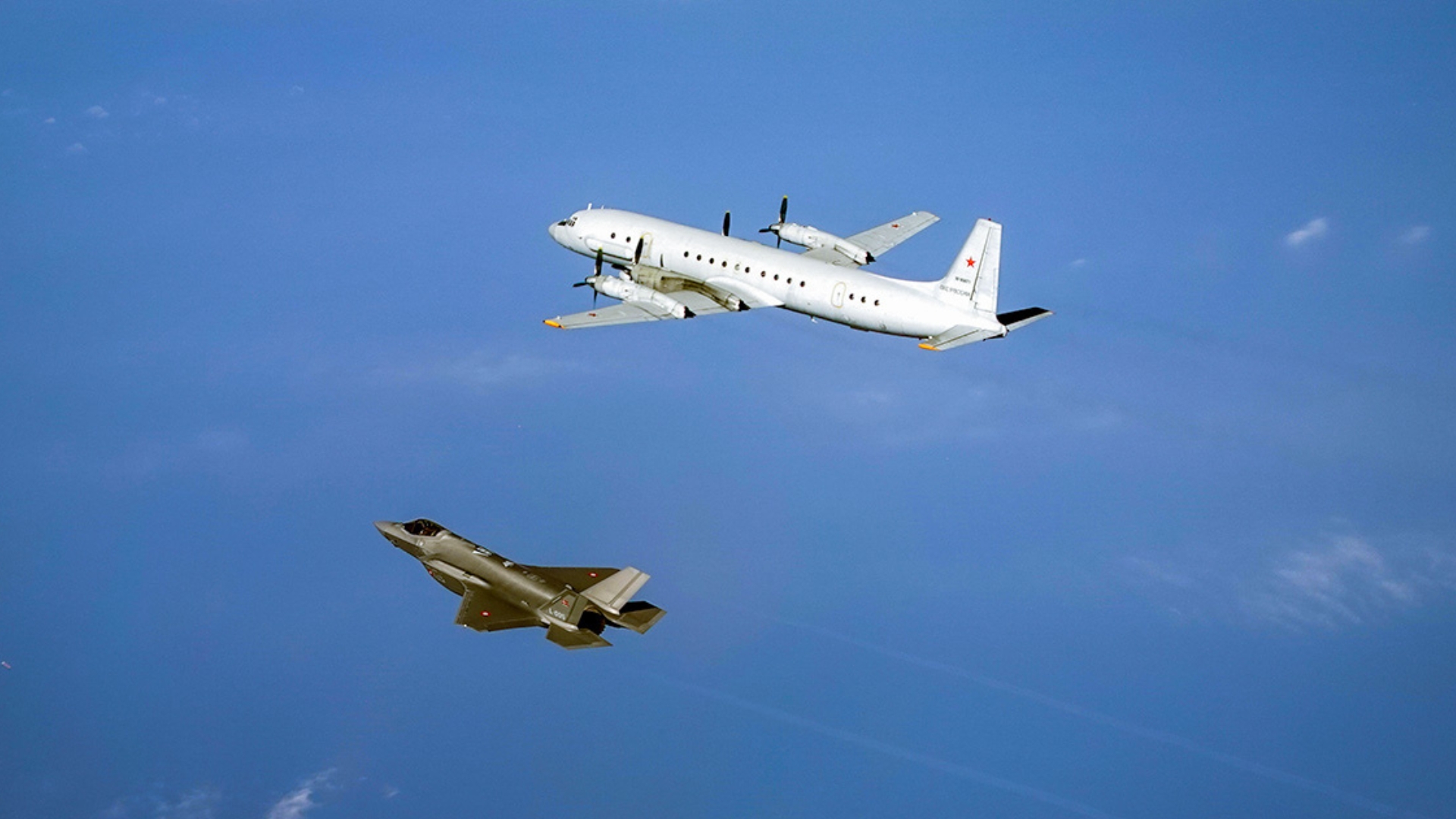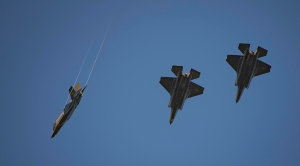Last week, Danish F-35 fighter jets were used for the first time to handle rejection preparedness, which also included a task to identify and follow a suspected Russian military aircraft in the Baltic Sea.
The Danish F-35 pilots were sent into the air from Fighter Wing Skrydstrup and upon arrival over the Baltic Sea, they were able to visually confirm that the aircraft, which until then had been followed by ground-based radars, was a Russian military aircraft of the type IL-20 COOT-A. The aircraft is designed for surveillance and intelligence gathering.
Read more about the rejection preparedness here, where you can also read how many times the rejection preparedness is activated: The rejection preparedness.
The Danish pilots followed the Russian plane as it flew in the Danish area of interest near Bornholm, after which they returned to the base in Southern Jutland. The Russian military aircraft stayed in international airspace throughout the process.
"It is absolutely crucial that Danish fighter jets assert Danish sovereignty when Russian military planes approach Danish airspace. With the F-35 aircraft, we have gained a state-of-the-art capability that increases the combat power of Danish defense and delivers to NATO's overall deterrence and defense in the region. The situation in the Baltic Sea remains tense due to Russia's attack on Ukraine, and together with our Nordic neighbours and Poland and Germany, we have a special responsibility for the security of the Baltic Sea," says Minister of Defence Troels Lund Poulsen.

The deployment of the Danish fighter jets was the first after the F-35 had been given the go-ahead to solve the basic tasks that Danish fighter jets must be able to solve here in Denmark. Officially, the F-35 will begin to be part of the rejection preparedness from today, April 1, but since the planes and crew were ready before then, they have already had the first shift at the end of March.
"We have reached a point in the phase-in of the F-35 where it is now not only about education and training. Now the aircraft can contribute to the solution of the fighter aircraft's operational tasks, and I am of course proud of that," says Jan Dam, Head of the Air Force Command.
For a period of time, the Armed Forces will continue to use both the F-35 and the F-16 to handle the rejection preparedness.
"The F-35 capability must continue to be built up step by step to be able to solve the overall tasks of the Danish fighter jets, and therefore it makes sense to continue to let the F-16 contribute to solving the rejection operations, while our F-35 crew focuses on education and training in the more complex aspects of the fighter aircraft's tasks."
The Air Force is working towards finally being able to phase out the F-16 by the end of 2025, when the F-35 will take over the rejection preparedness in full.




